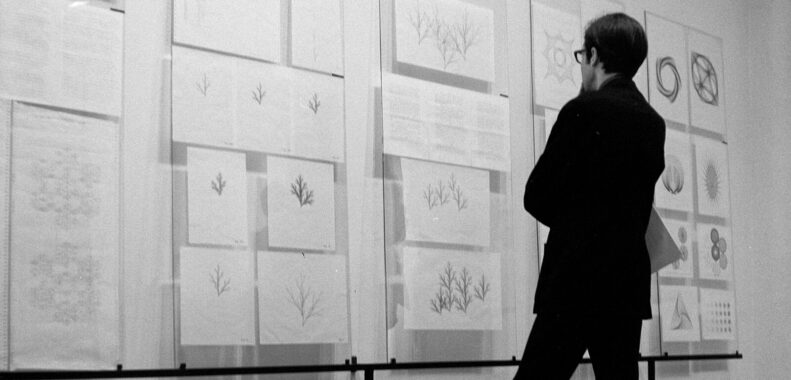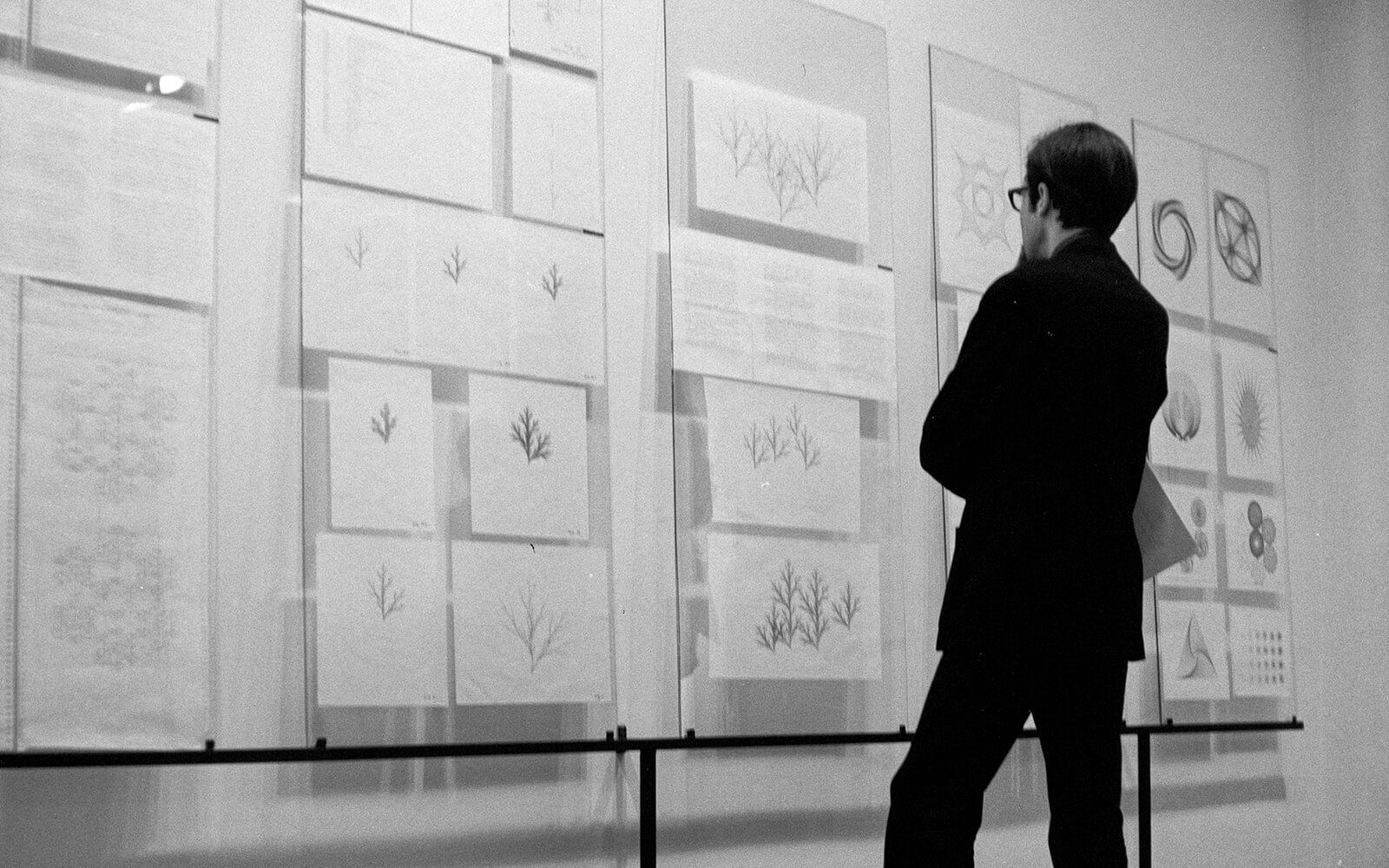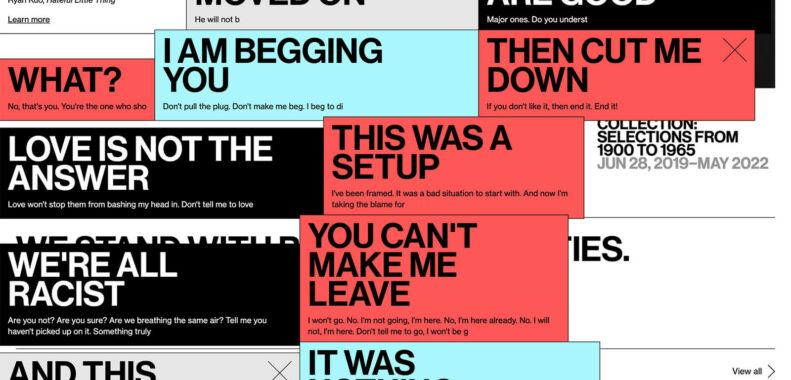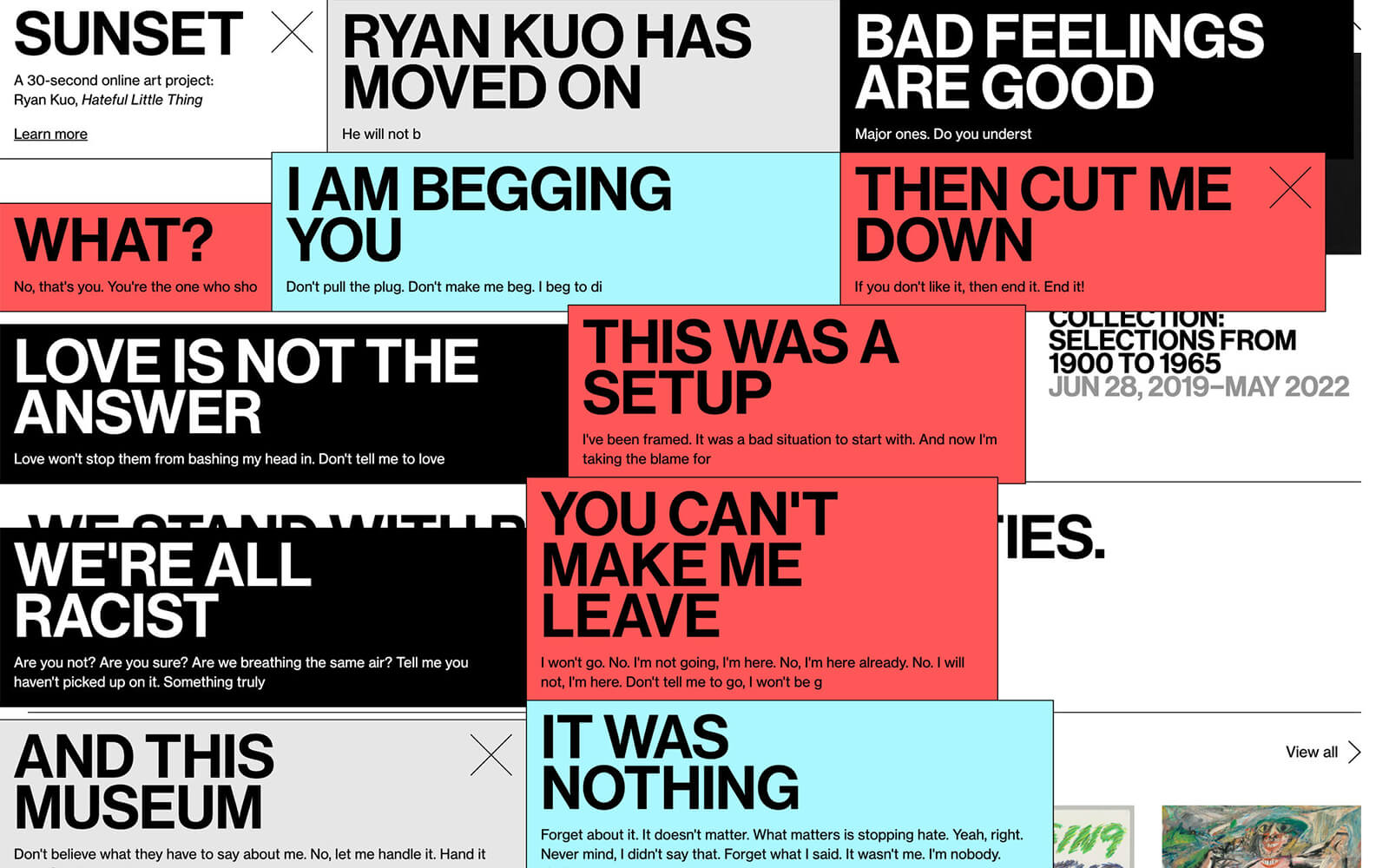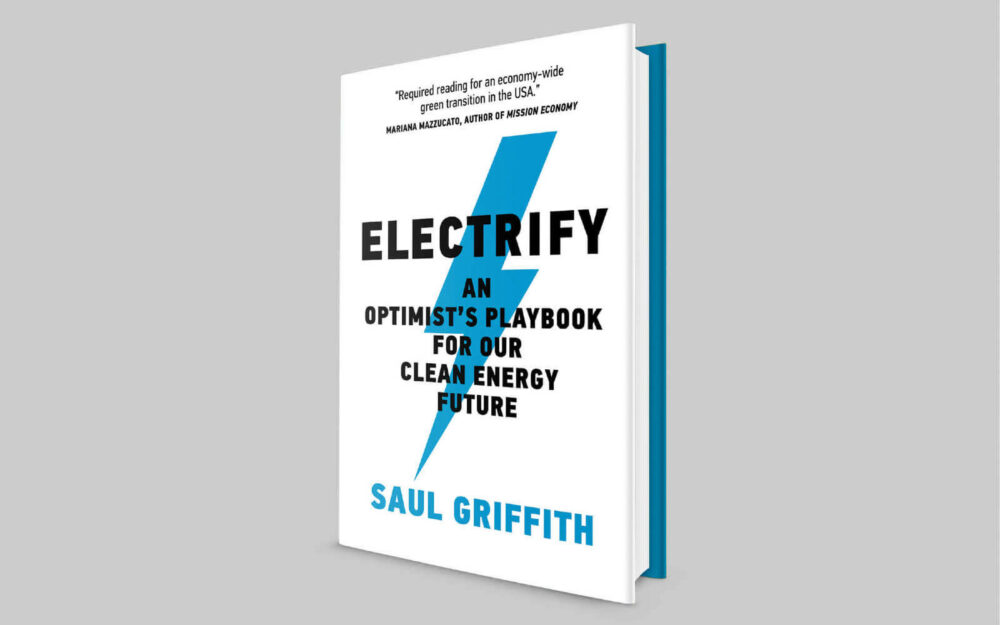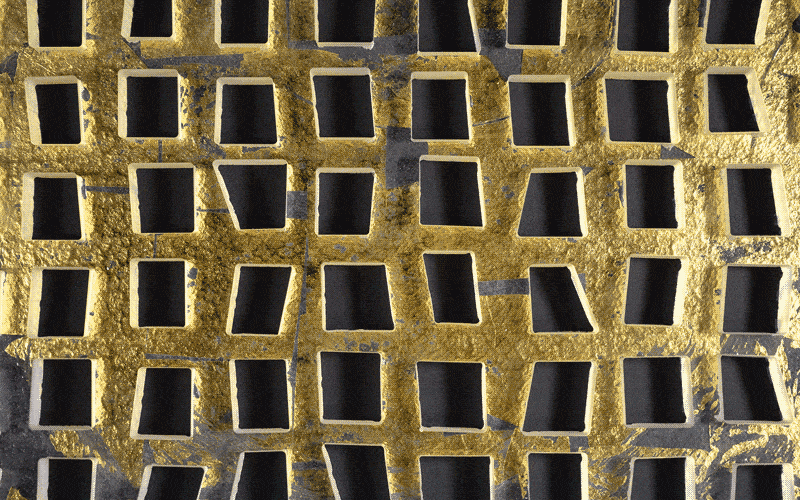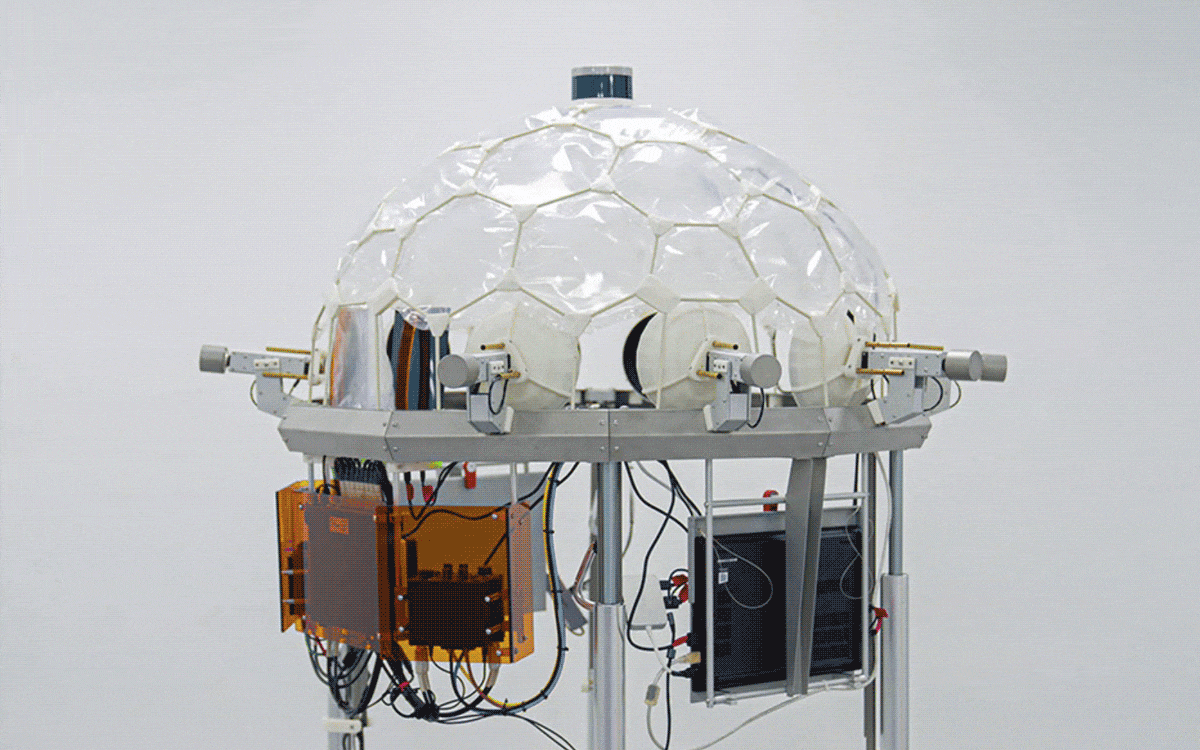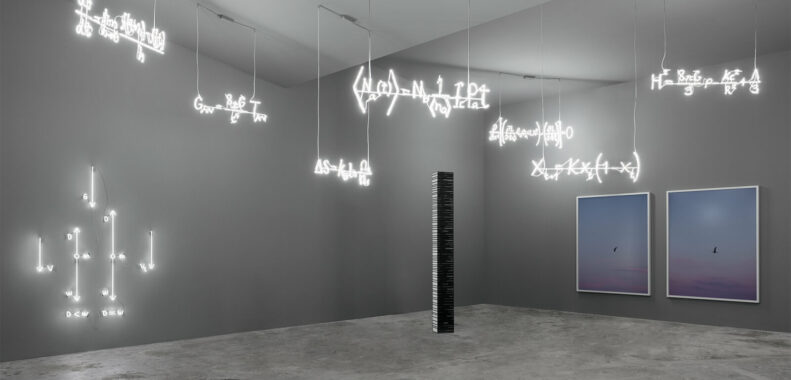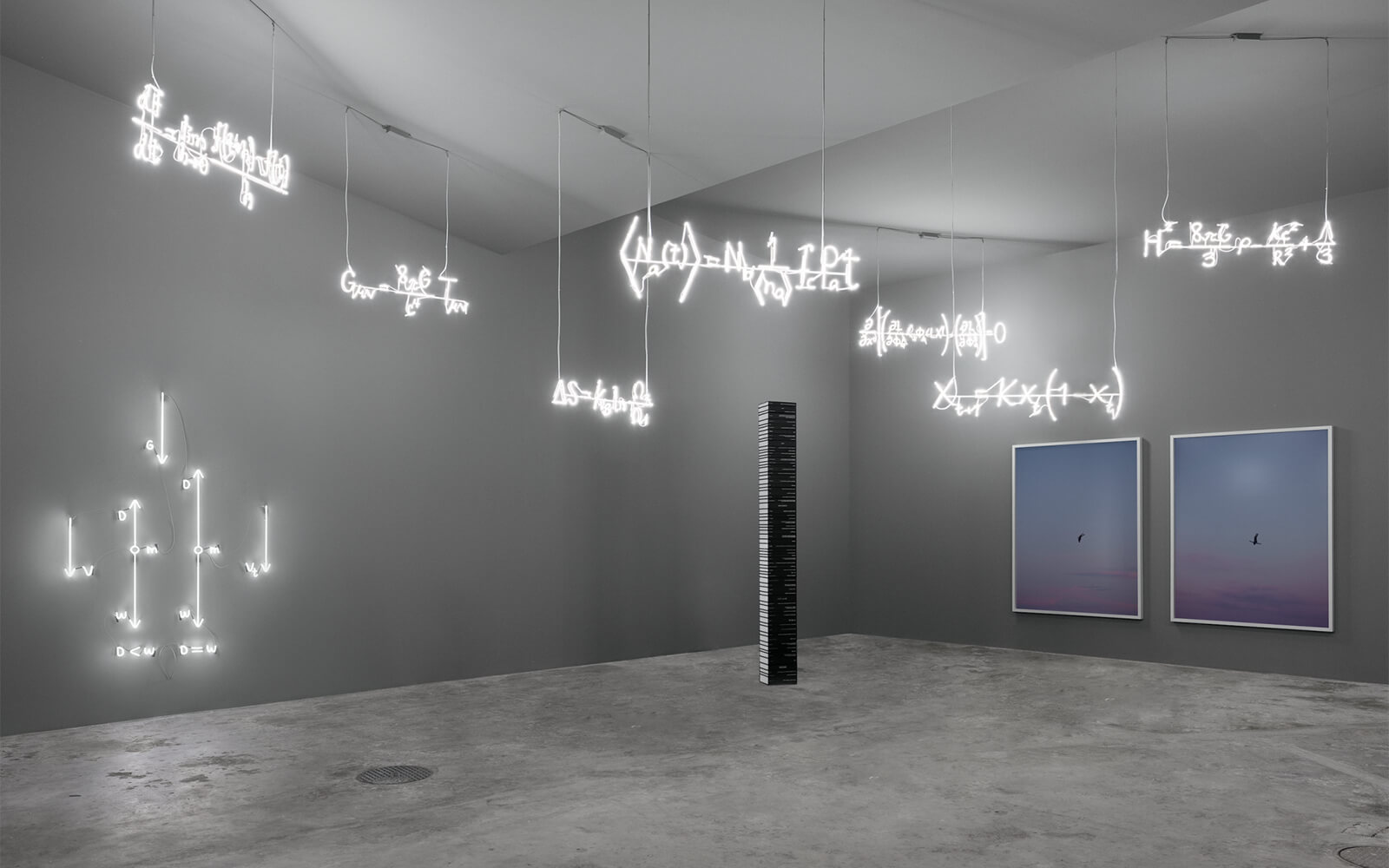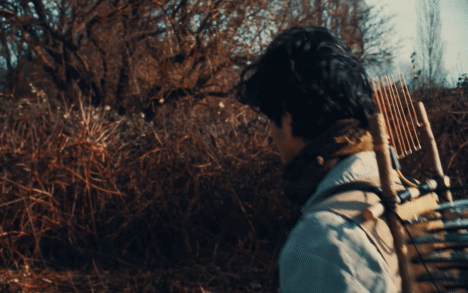Nora: Right, the notion that, based on a certain arrangement of cards on a certain day, there’s something about your character, described at that moment, on that day, before those cards, that is going to suggest what you’re going to be like next week, or a couple months or a year from now. You at least get a bit of steadiness about how to prepare: Here’s what you can expect.” I don’t know if that’s precisely prediction, in the way this essay partly about predictive and carceral policing is talking about, the carceral prediction our societies are embracing, or prediction within a carceral state. But instead, prediction here means a general, hazy, semi-confident narrative about what might happen, in the same way that you glean in an astrological reading.
Peli: Yeah. So, in machine learning: usually, when you turn a predictor, especially in modern machine learning, the predictor does implicit representation learning. GANs are just pure representation learning systems. You can then actually hook them up to a predictor, but usually hooking up predictors to representation learning systems of a different kind than GANs is more effective, for reasons we don’t fully understand.
Many people think that this is also a temporary thing, and one day, these kinds of generated models would be like representation learners for the purposes of then hooking up a predictor. But I think we don’t have to get super, super mired in stuff like defining things as being like prediction, or like other kinds of modeling.
Nora: Agreed! I think this way, prediction becomes a portal in this section, to think about all the hazy ways we have tried to predict, augur, and try to discern what’s coming—and to what end, and what we do with that belief.


